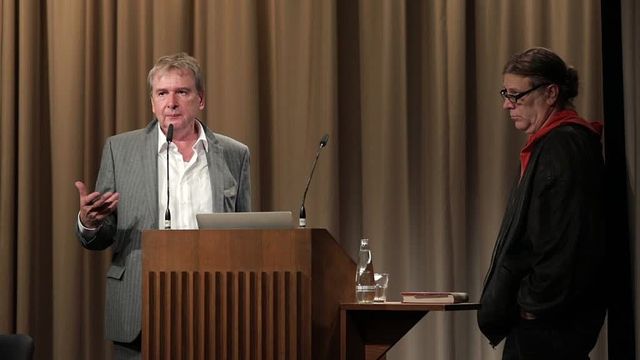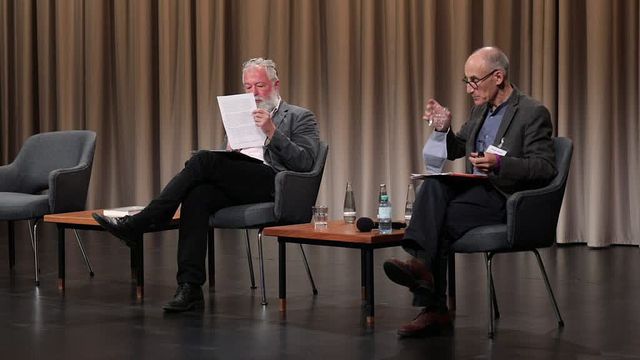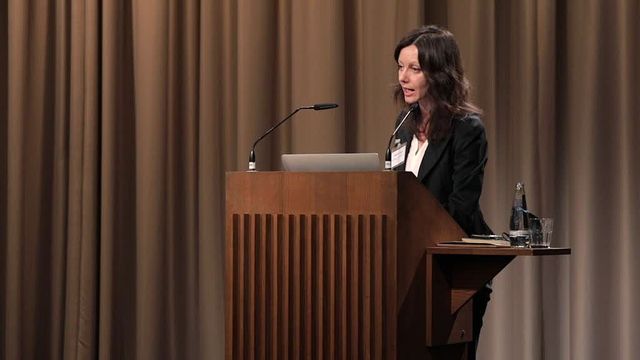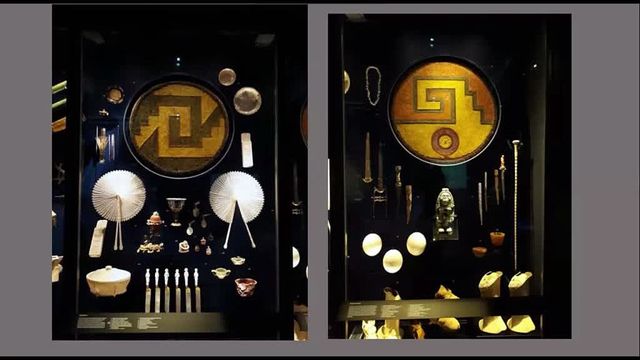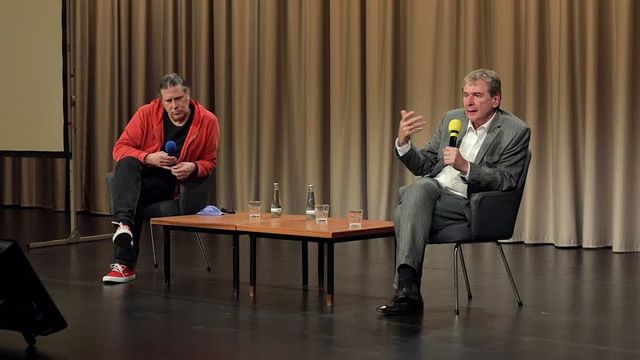Conference: Bilderatlas Mnemosyne
With Linda Báez-Rubí, Emilie Carréon, Philippe Despoix, Axel Heil, Roberto Ohrt, Giovanna Targia, Martin Treml, Tullio Viola
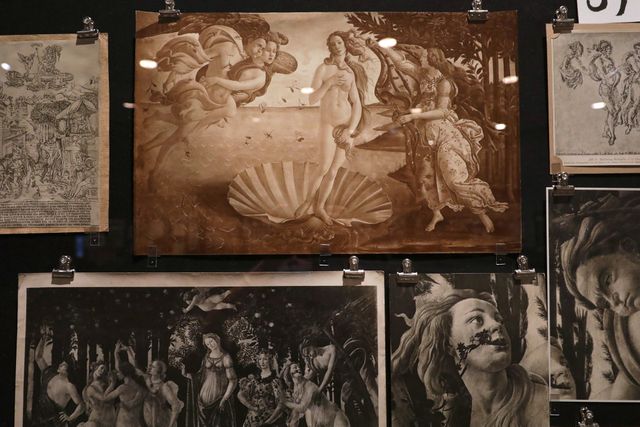
Aby Warburg’s research approach was interdisciplinary, collaborative and international. What concepts came about due to his open assessments of artists such as Domenico Ghirlandaio and Albrecht Dürer? What significance did thinkers and researchers like Ernst Cassirer and Gertrud Bing have for the “workshop” in which the Bilderatlas Mnemosyne took shape? Scientists and curators discuss the concepts that were developed there and how they continue to influence contemporary art history and visual studies.
Day 1 | Day 2
Kulturwissenschaftliche Bibliothek Warburg (KBW) as Collective Biography
11 am
Welcome, introduction
Bernd Scherer, Roberto Ohrt, Axel Heil
11.30 am
Edgar Wind on Symbols and Memory. Pragmatist Variations on a Warburgian Theme
Tullio Viola
Lecture
The art historian and philosopher Edgar Wind in the early 1930s wrote several texts on symbols and cultural memory. How do these texts establish a connection between Warburg’s ideas and the pragmatist philosophy to which Wind was exposed during his first stay in the United States? Wind's interpretation of the polarity of symbols takes up a quintessential pragmatist focus on habit as the mechanism that lets us understand how expressive gestures develop out of practical actions. He used the idea of a mnemonic power of symbols to fine-tune the pragmatist conception of thought and action as a permanent oscillation between doubt and belief. Interpreted along these lines, Wind’s symbol theory invites a comparison to the other great pragmatist aesthetic of the early ’30s, namely John Dewey’s book on Art as Experience.
12.15 pm
Gertrud Bing - Zentralfigur im intellektuellen Netzwerk Aby Warburgs
Philippe Despoix, Martin Treml
Lecture in German
Gertrud Bing (1892-1964), a student of the philosopher Ernst Cassirer and a librarian at the KBW, was Aby Warburg’s closest confidante in the latter years of his life. They toured Italy together. Bing collaborated on Warburg’s final project, the Bilderatlas Mnemosyne; she was largely responsible for its coordination and – after Warburg’s death in 1929 – also for the KBW’s correspondence. She and Fritz Saxl were a perfect research duo. She later became the third director of the Warburg Institute in London. But, as she published little under her own name, her achievements have gone unnoticed. The lecture aims to highlight Bing’s achievements, not least because of her contributions to an intellectual biography of Warburg.
1 pm Q&A
1.30–3 pm Break
3 pm
The “mexikanischer Feldzug” of Aby Warburg: a Journey to trace
Linda Báez-Rubí, Emilie Carréon
Lecture (via video)
Little is known about the interest that subjects relating to Mesoamerican cultures sparked in Aby Warburg after his trip between 1895 and 1896 to New Mexico and Arizona. The ceremonies and ritual life of the different Pueblo Indians he witnessed there were seminal to his future reflections on the affective power of images as well as on their “afterlife”. His notes reveal his fascination for the serpent’s association to the form of lightning, for the stylized fret ornament on Pueblo pottery and architecture, and for the process of symbolization through which human beings, with lines, seek to grasp an unseen natural power. The Landesmuseum of Württemberg, Germany, possesses a feathered shield with a fret ornament at its center that dates to the fall of Tenochtitlan, the Mexican capital, in 1521. Why did this singular object attract Warburg’s attention? What light does his research shed on the study of Ancient Amerindian images and their afterlife?
3.45 pm
Symbolic Function, Language and Myth. Notes on Ernst Cassirer and the Mnemosyne Project
Giovanna Targia
Lecture
A focus on the earliest exchanges between Ernst Cassirer and Aby Warburg, starting from an analysis of Cassirer’s 1921 lecture Die Begriffsform im mythischen Denken: although Warburg could not attend it, it arguably contributed to reorient his own research priorities. What were the consequences of this episode? What are the reasons of what Cassirer himself called a ”prästabilierte Harmonie“ between his and Warburg’s work? To what extent does such a ”prästabilierte Harmonie“ resonate in the Mnemosyne project during Warburg’s latest years? Stressing a direct link with another lecture delivered in 1924 on “Language and Myth“,Targia will discuss Cassirer’s decisive reference to philology and comparative religion scholar Hermann Usener, interpreting it also as a source for the constructive principle of the Bilderatlas.
4.30 pm Q&A
5–5.30 pm Break
5.30 pm
Der Atlas und seine Spuren zu anderen Mitgliedern der „Arbeitsgemeinschaft in der KBW“ am Beispiel der Tafel 39
Roberto Ohrt, Axel Heil
Lecture in German
The atlas was conceived as a collective project by the KBW. Warburg always spoke of “our” atlas, at least in the inner circle of Fritz Saxl and Gertrud Bing, even if it was ultimately assembled almost exclusively by Aby Warburg. Panel 39 is often presented as a representative of the entire Atlas, as it leads back to the Hamburg researcher’s well-known dissertation and can therefore be placed on a solid theoretical basis. At the same time, it consolidates the author’s singular position, but the structure of this panel also reveals the “contributions” of other pillars of the KBW – or a debate with them: Ernst Cassierer, Edgar Wind and Erwin Panofsky.
6.15 pm Q&A
Day 1 | Day 2
